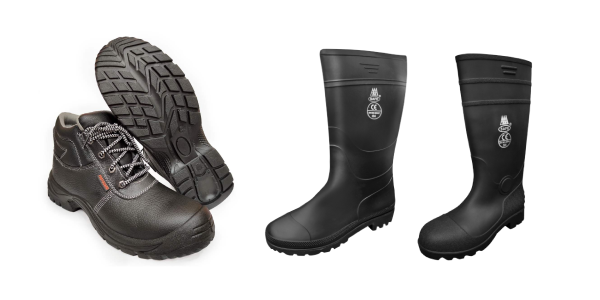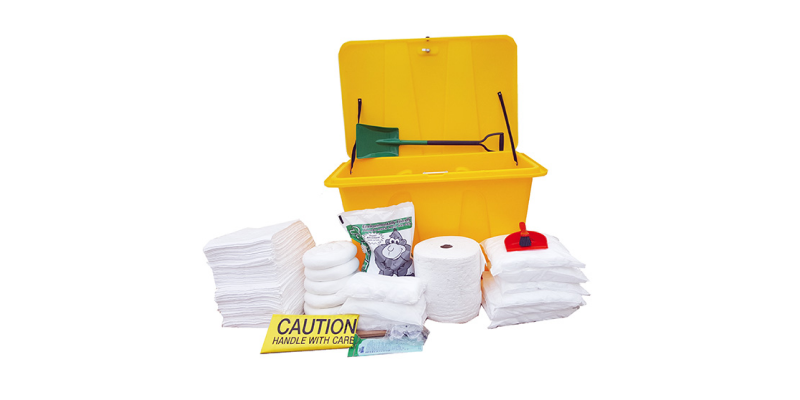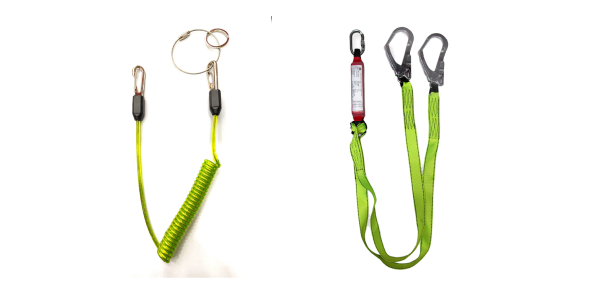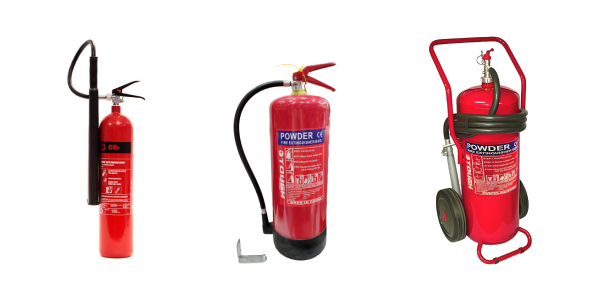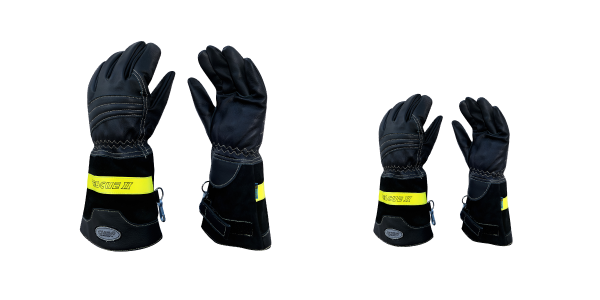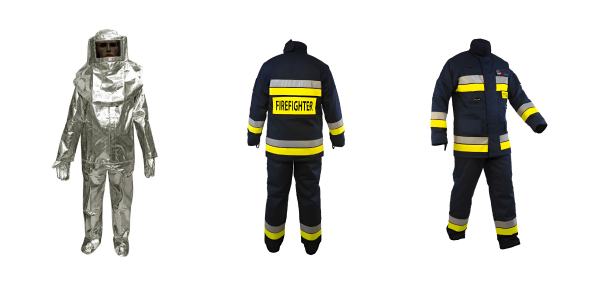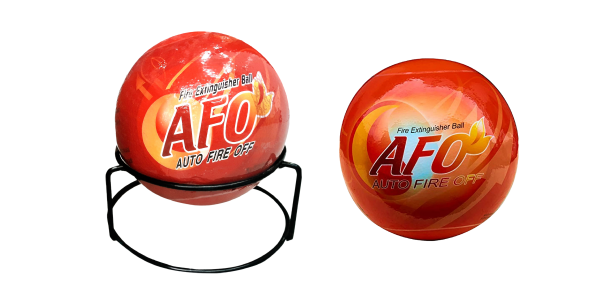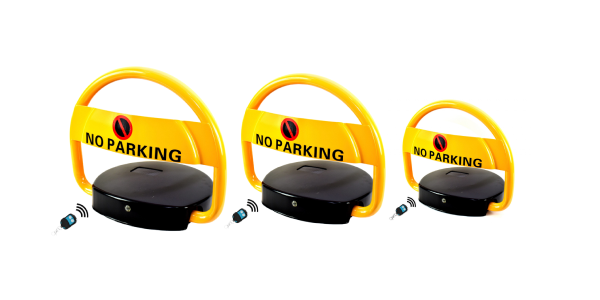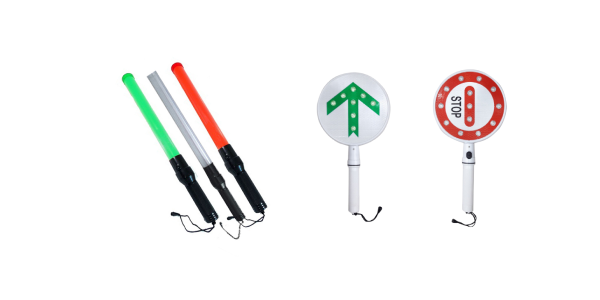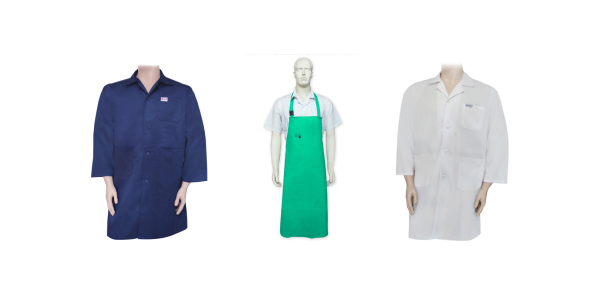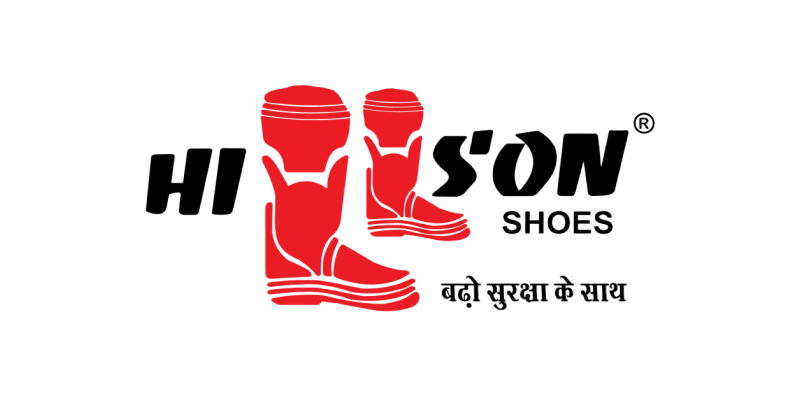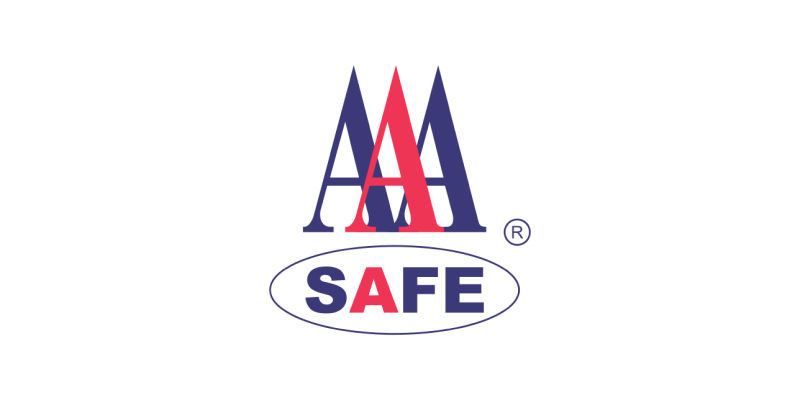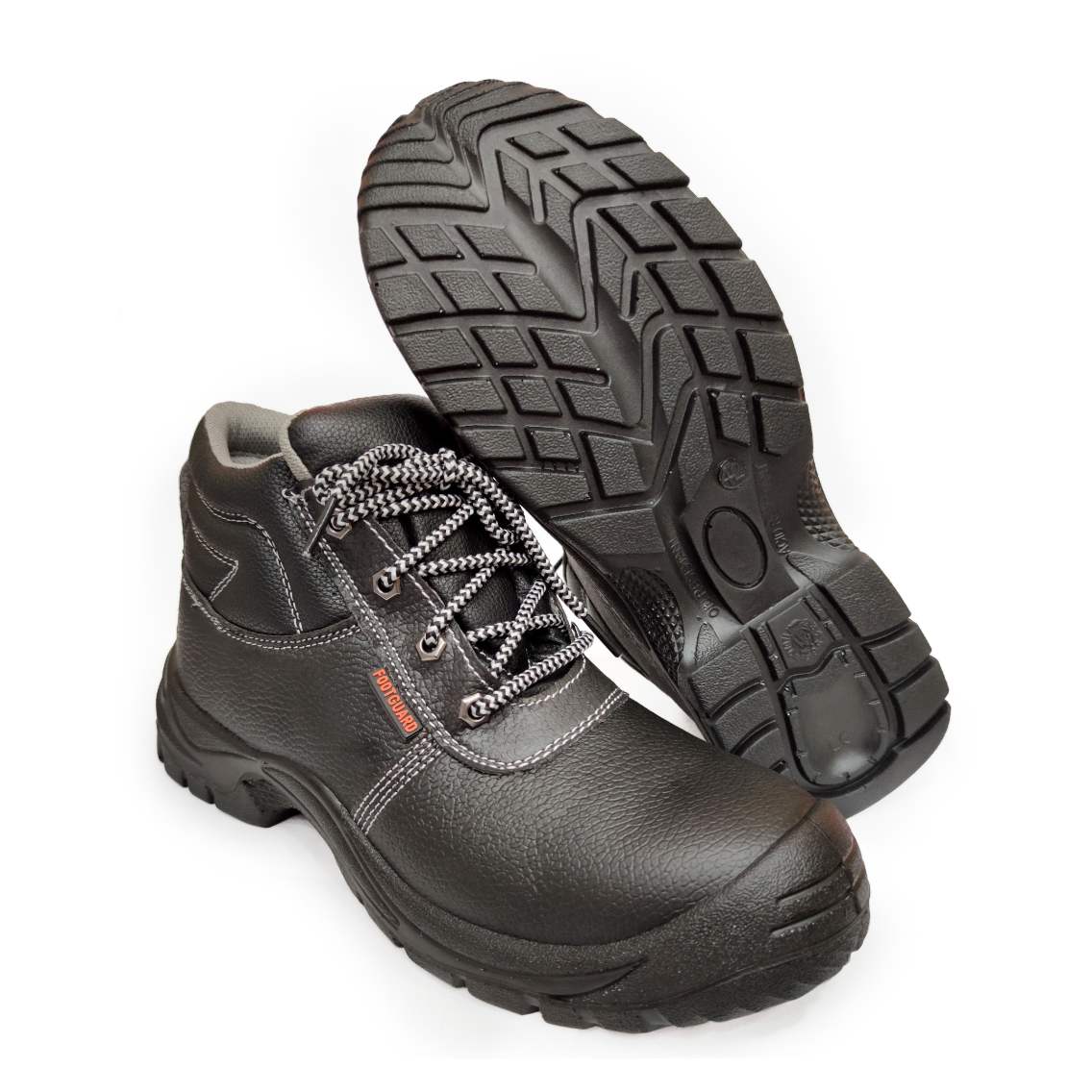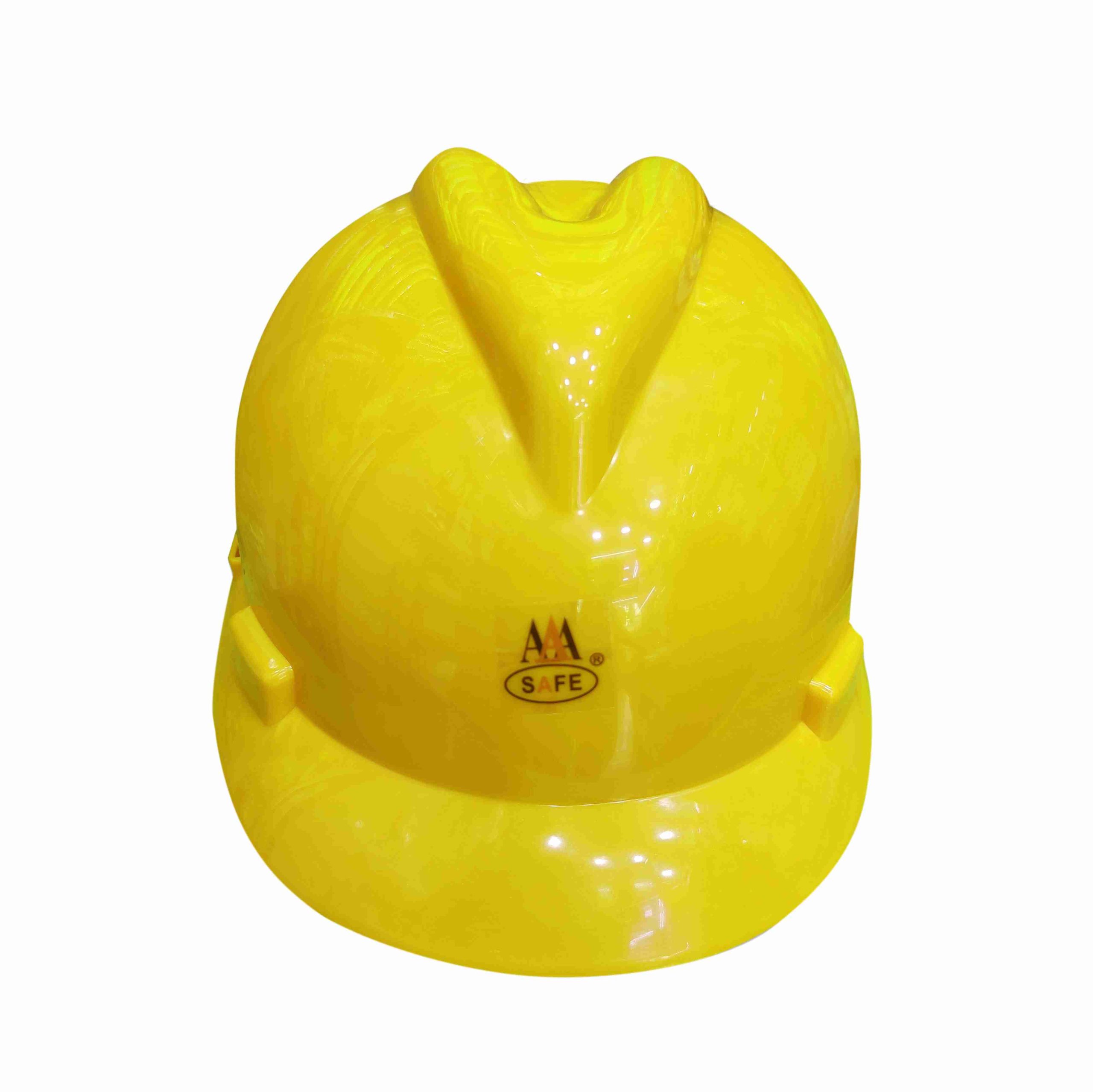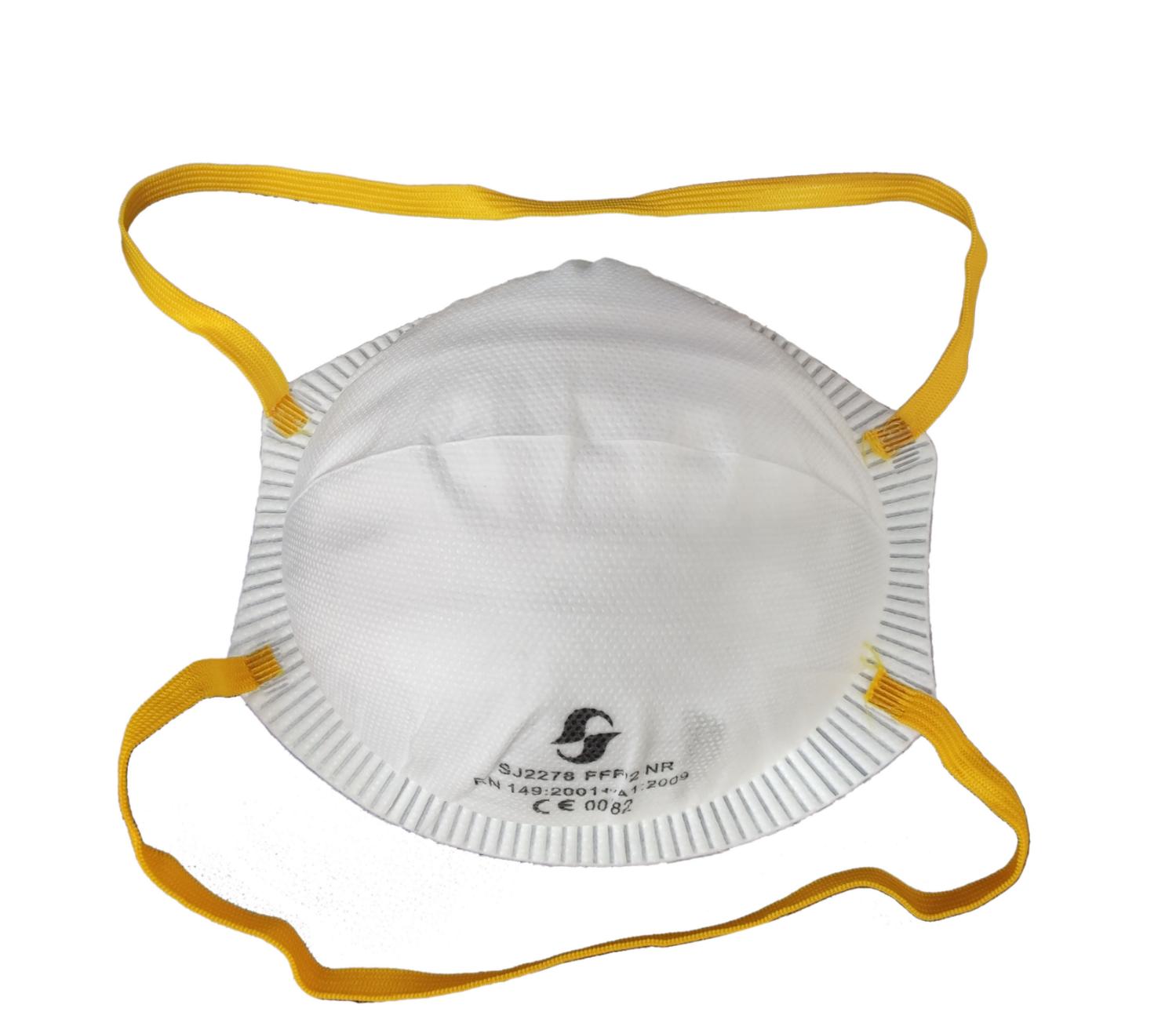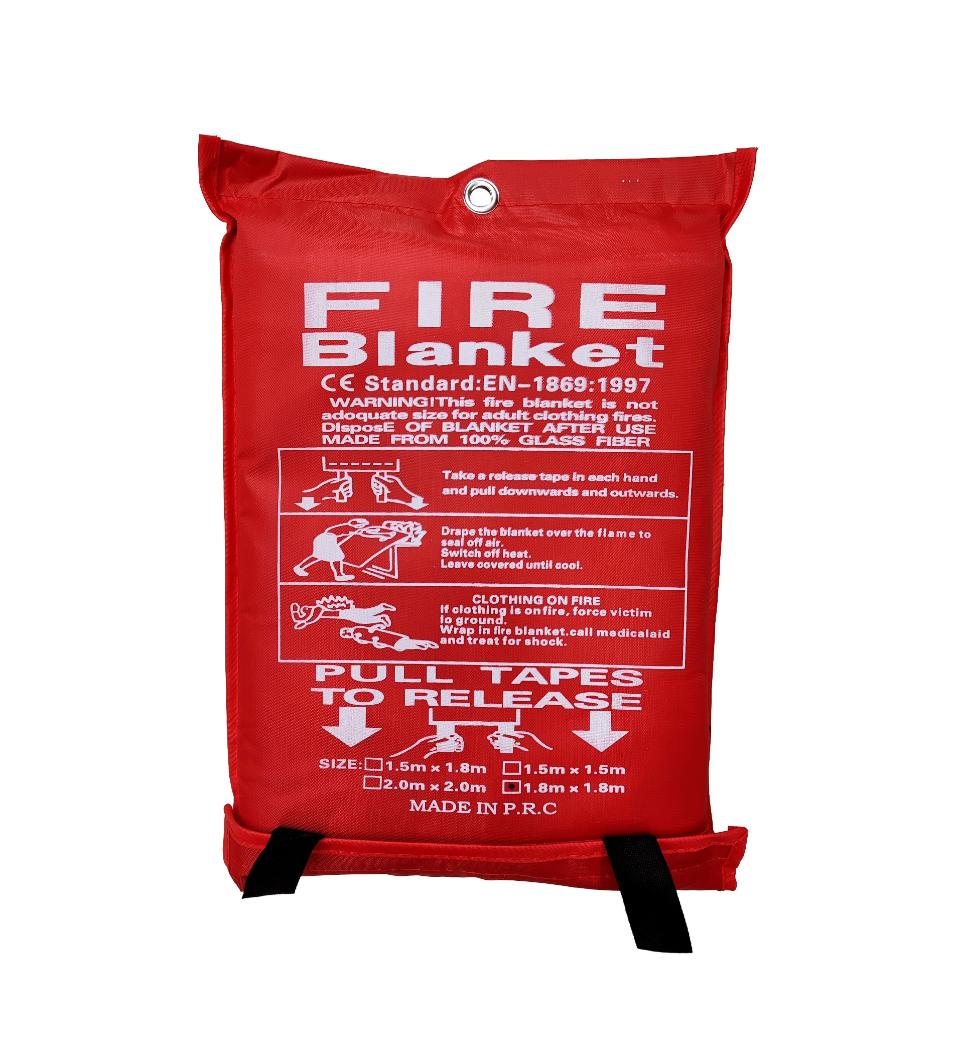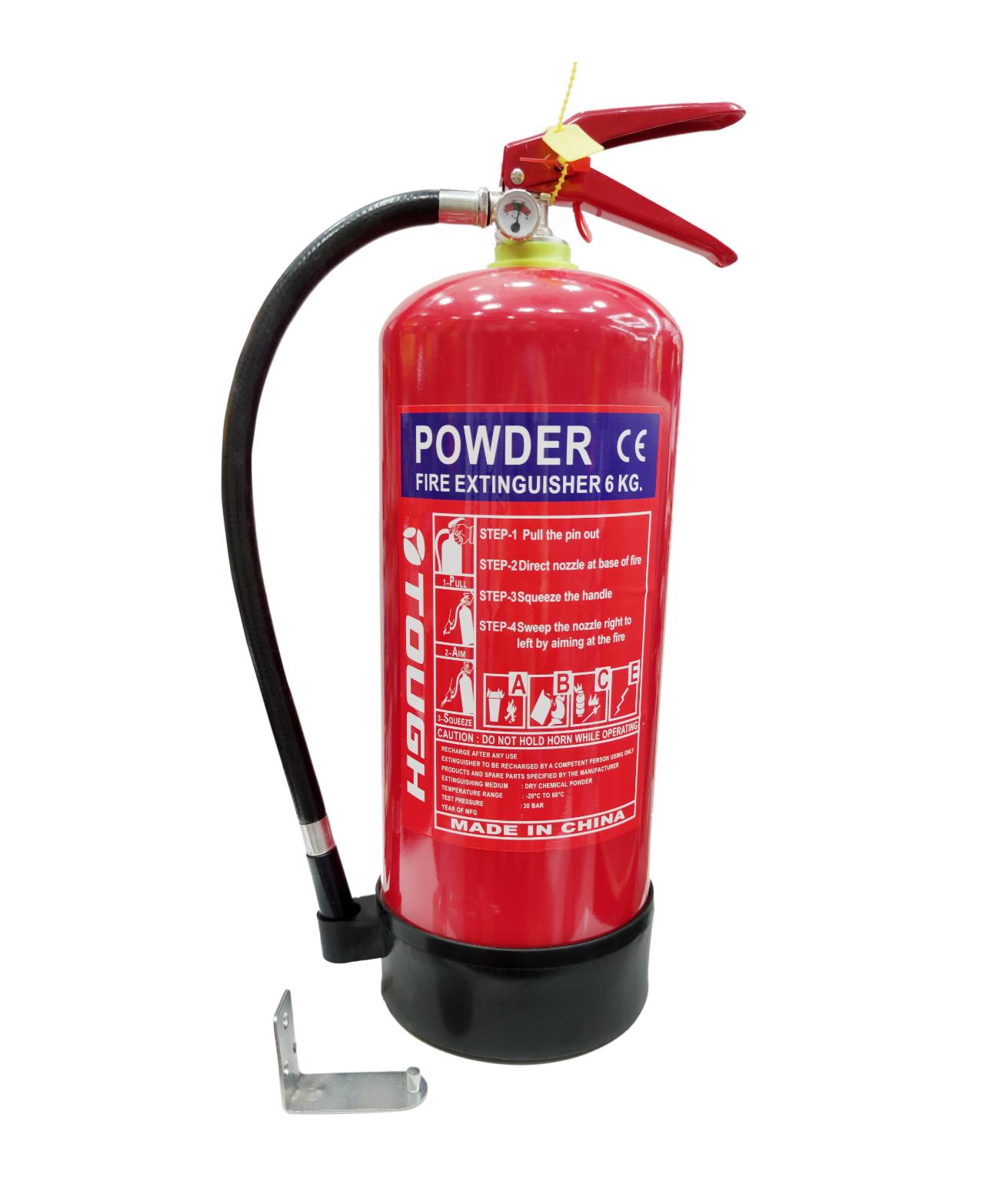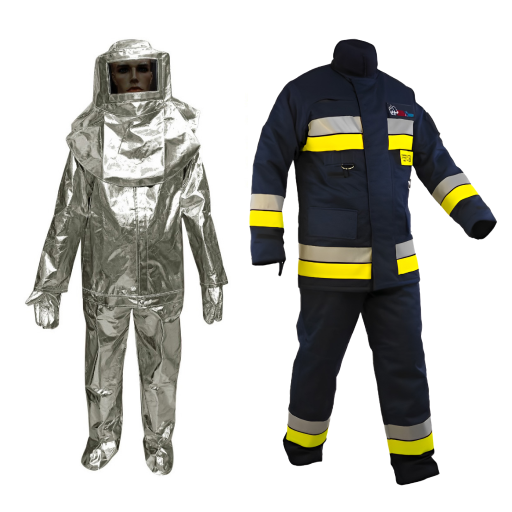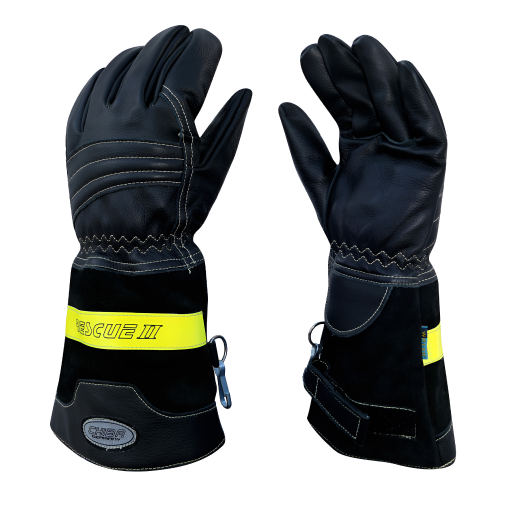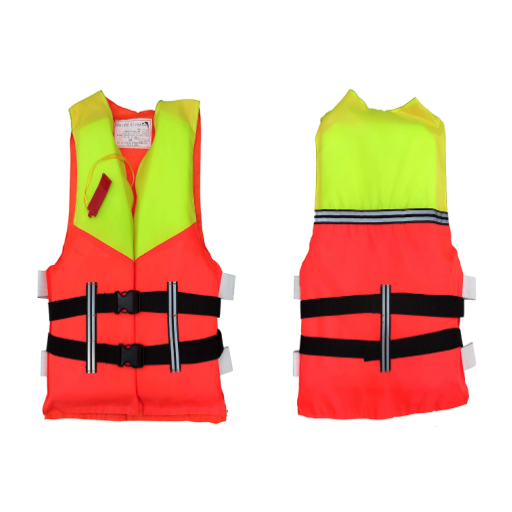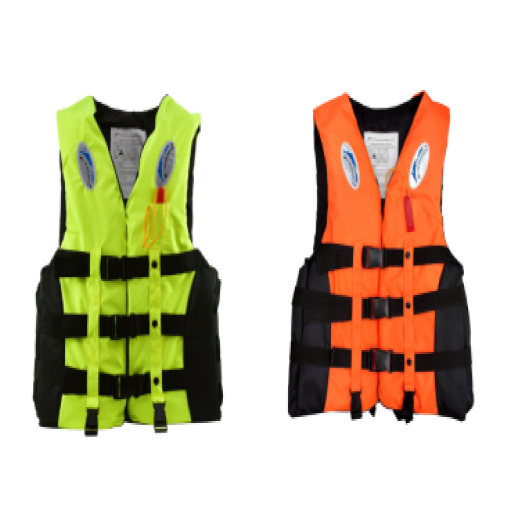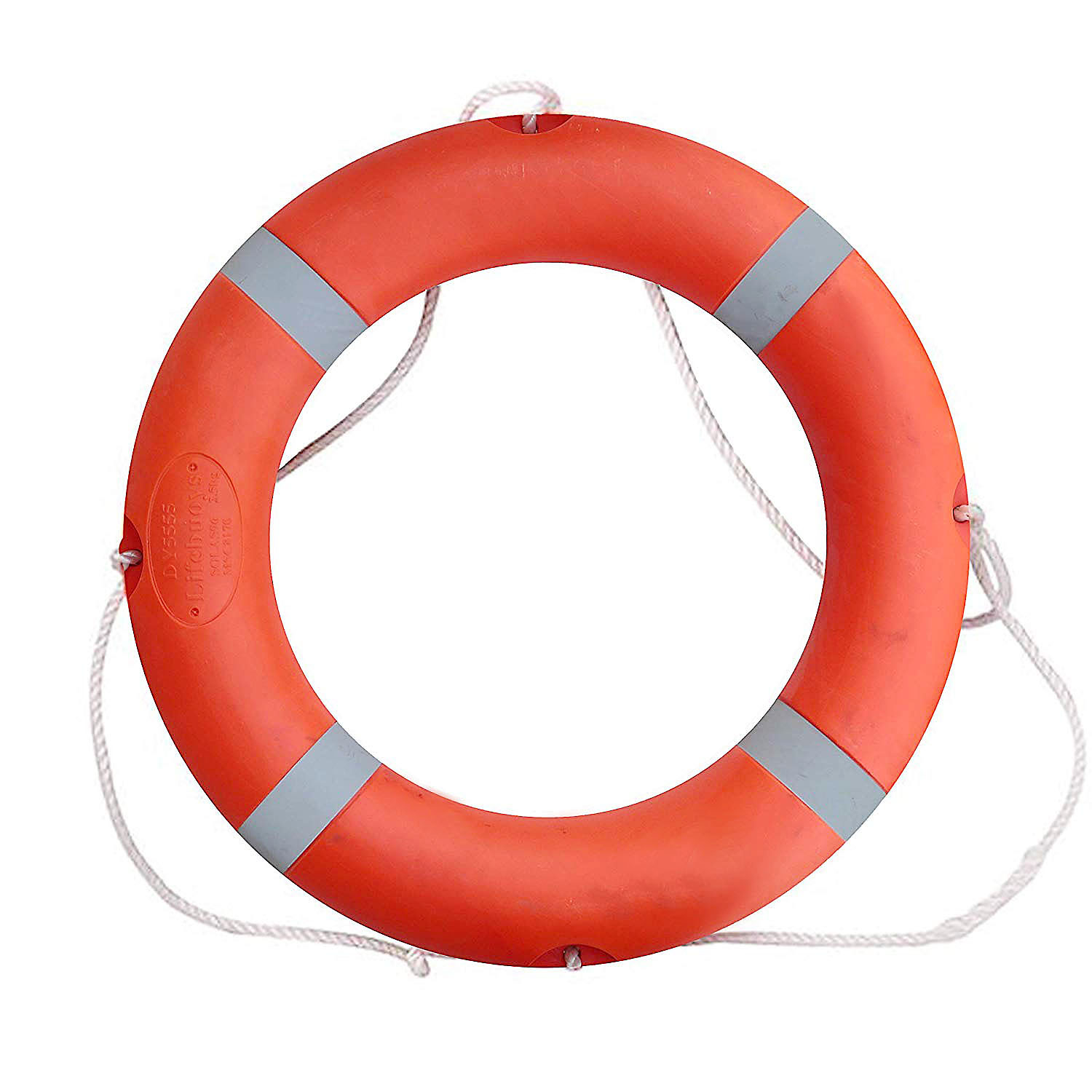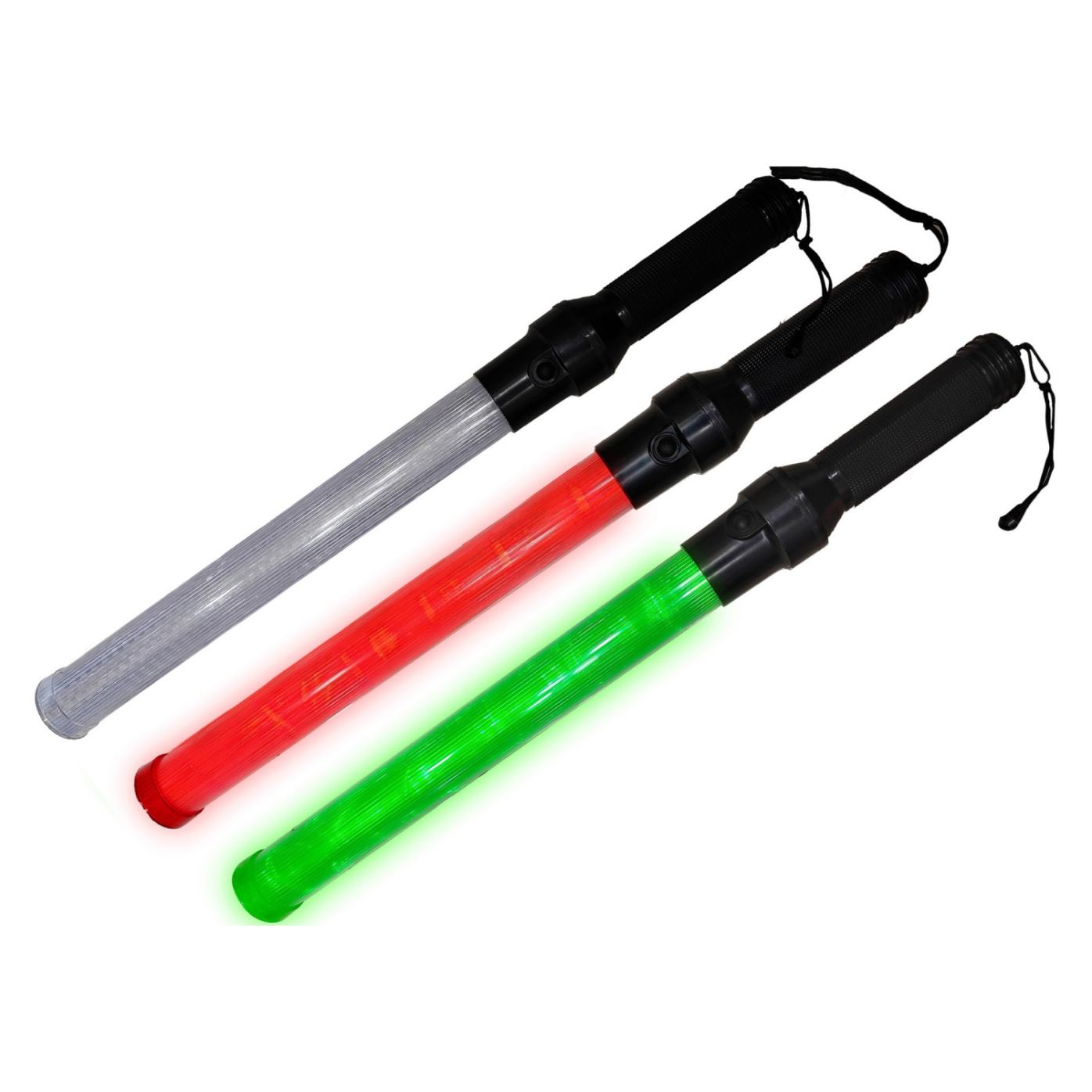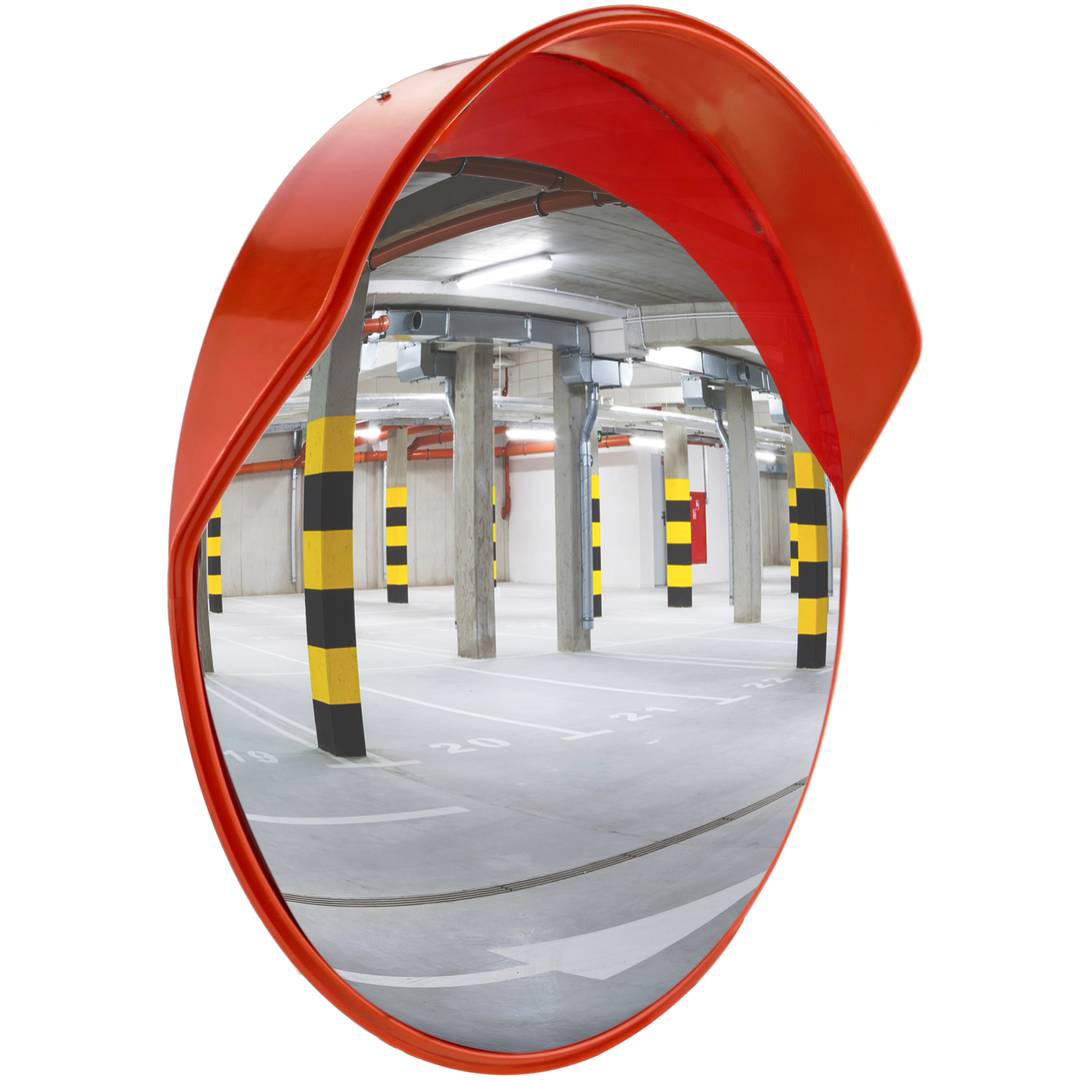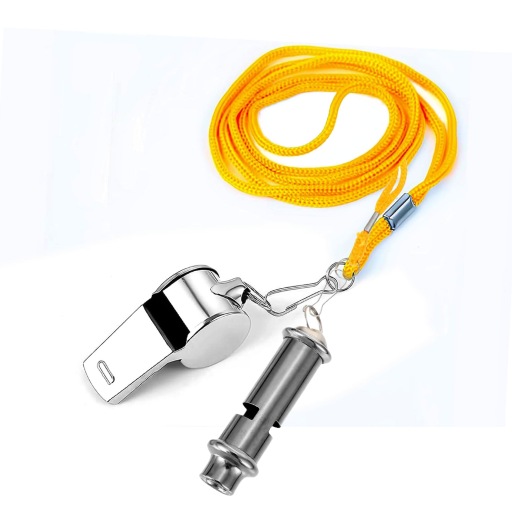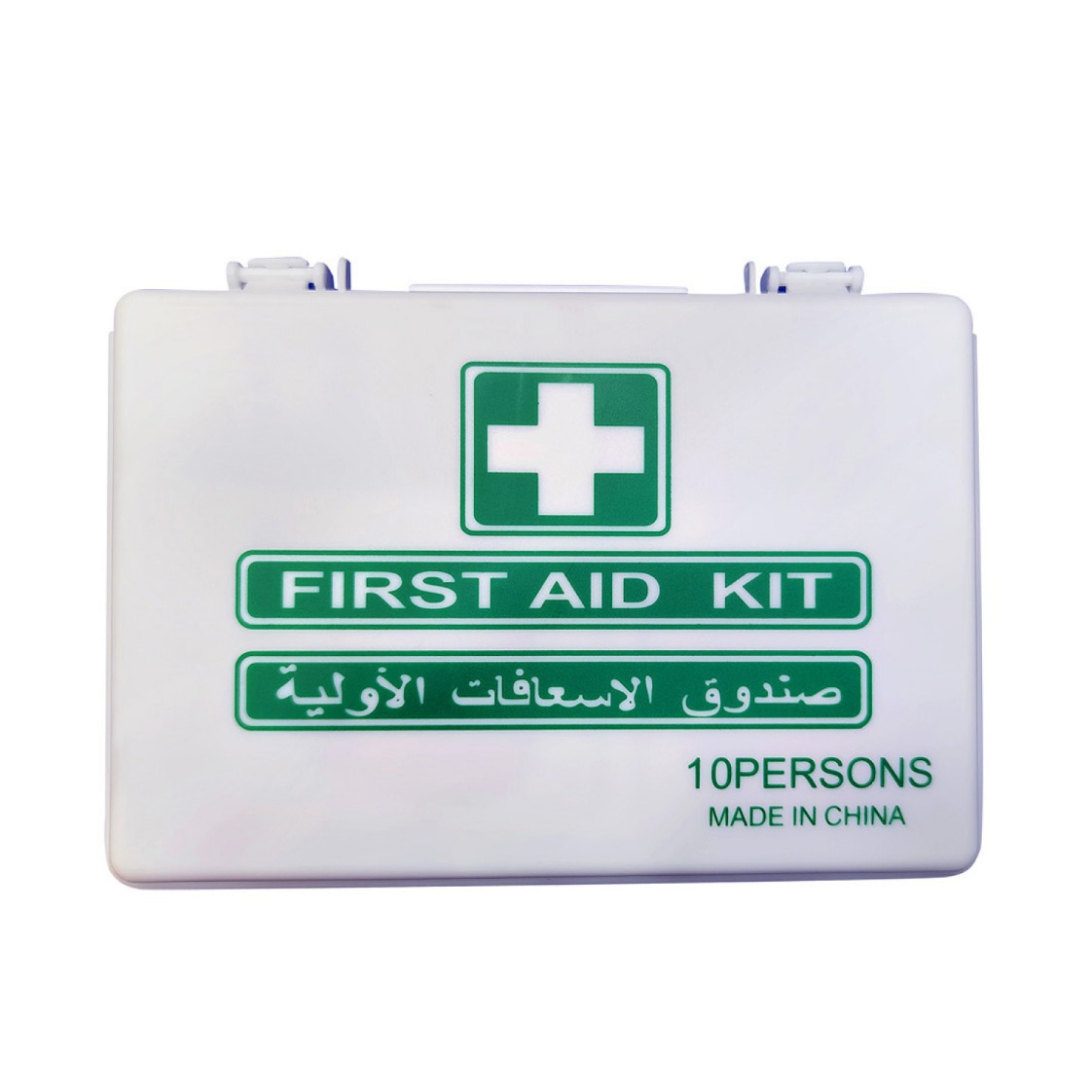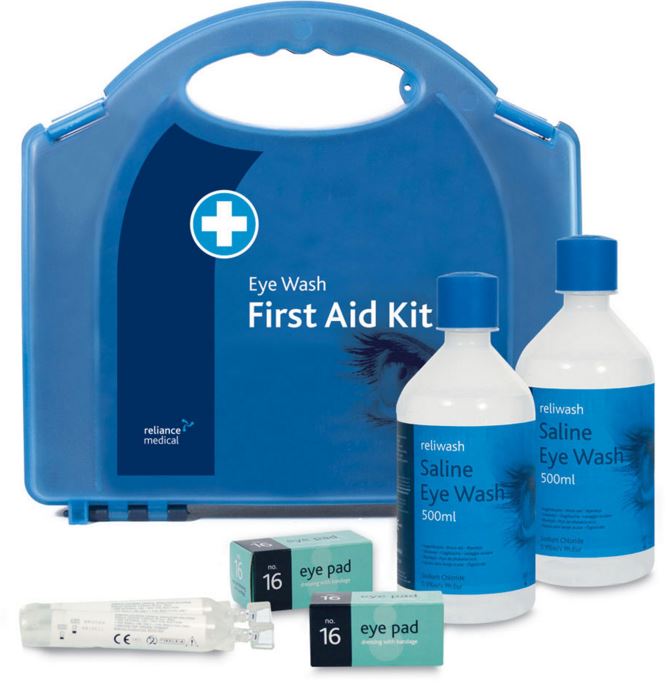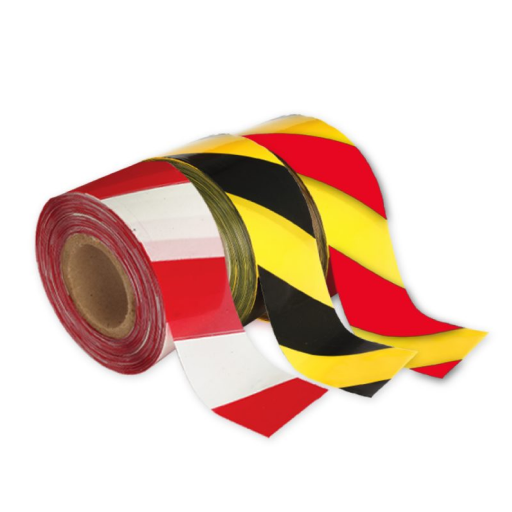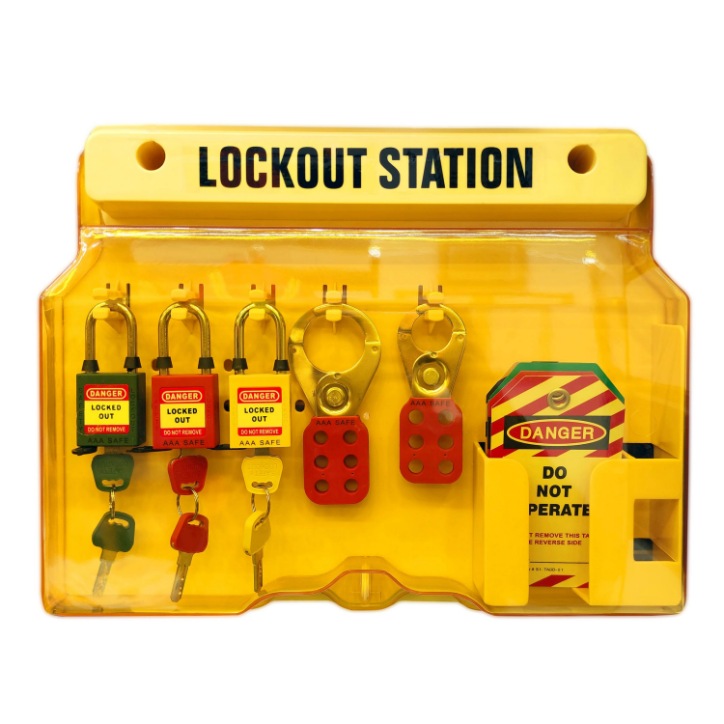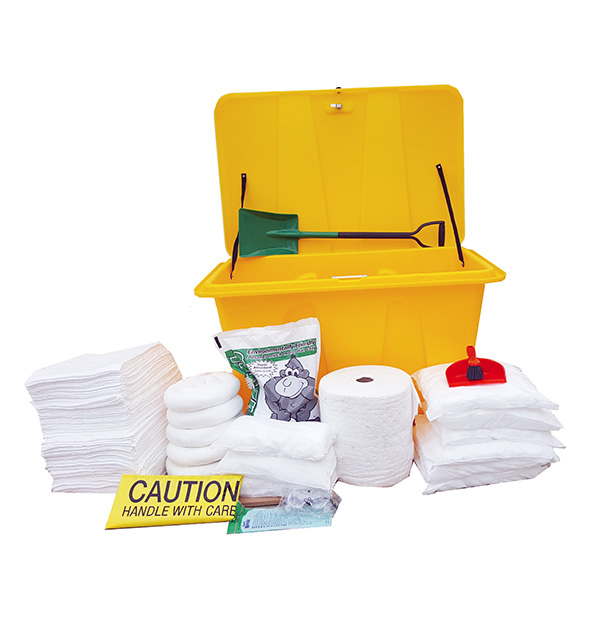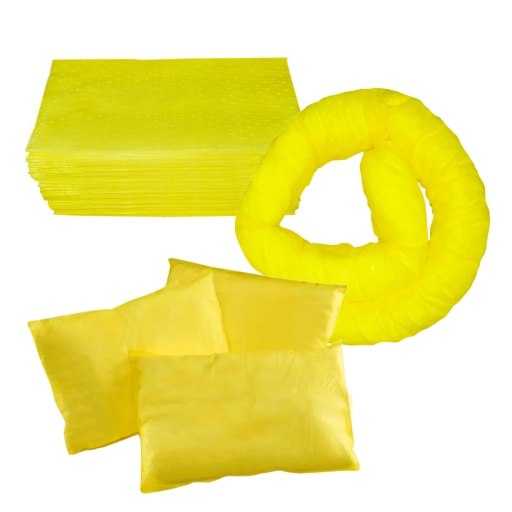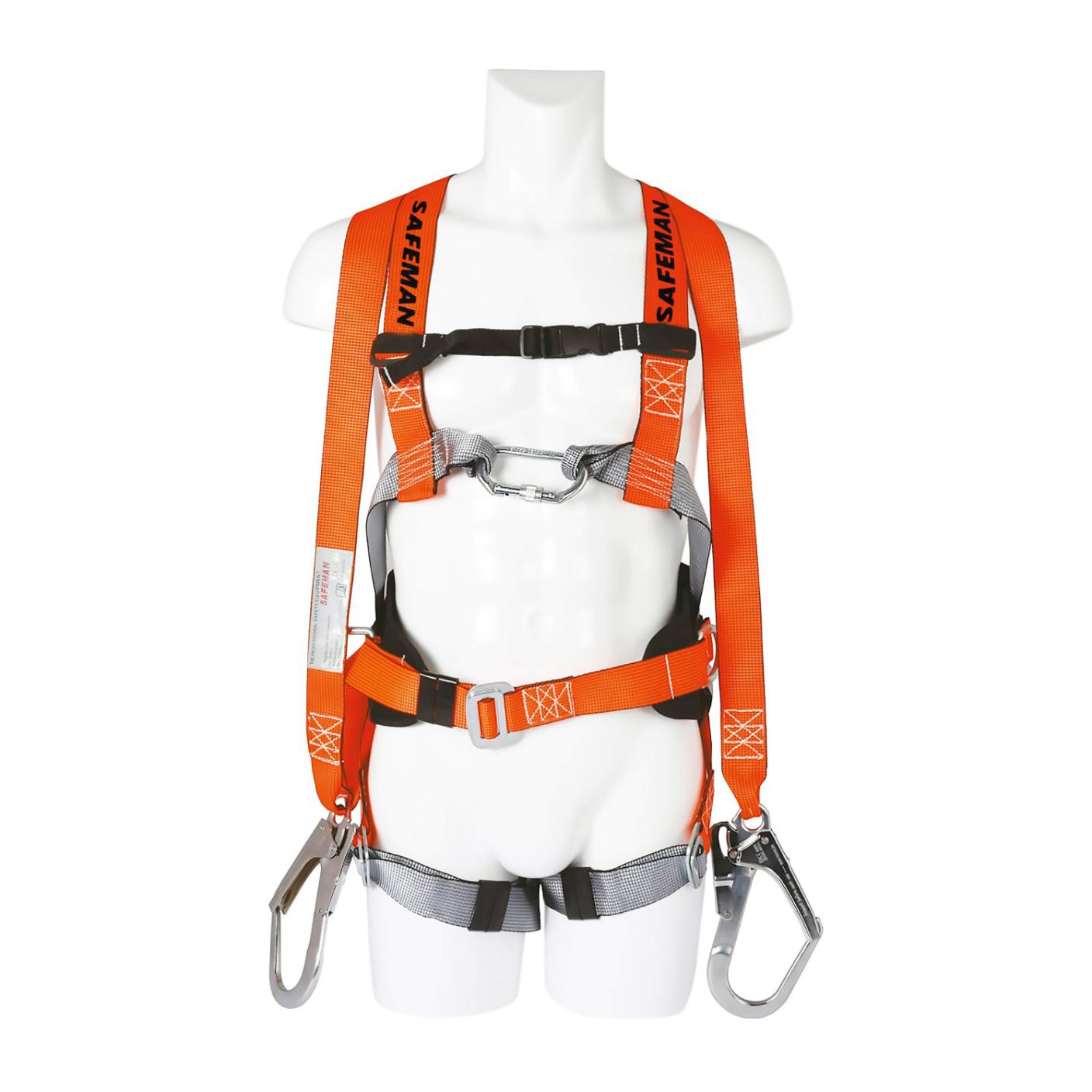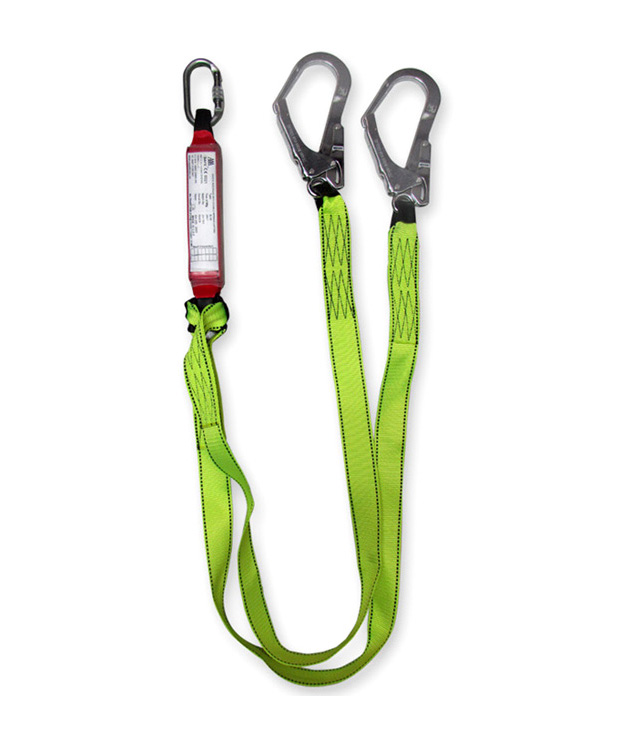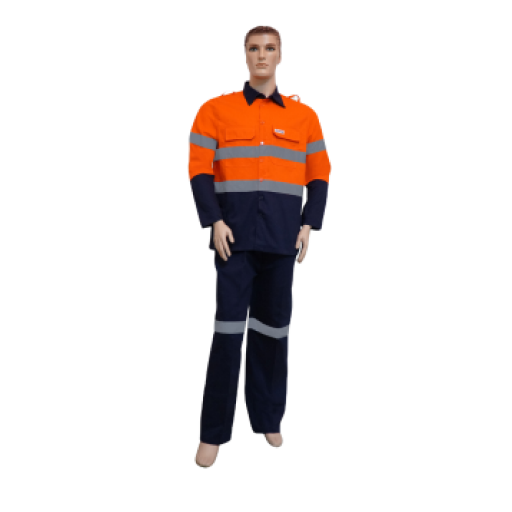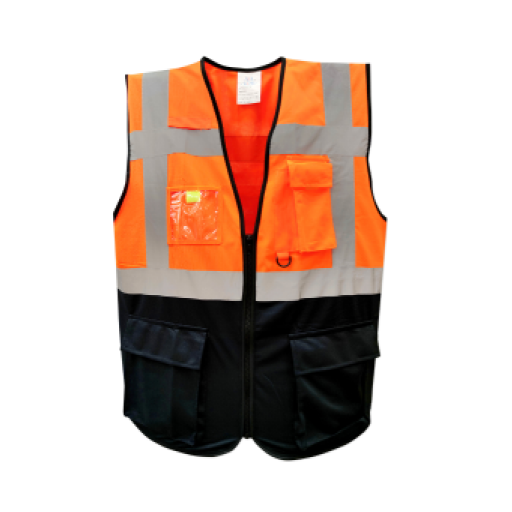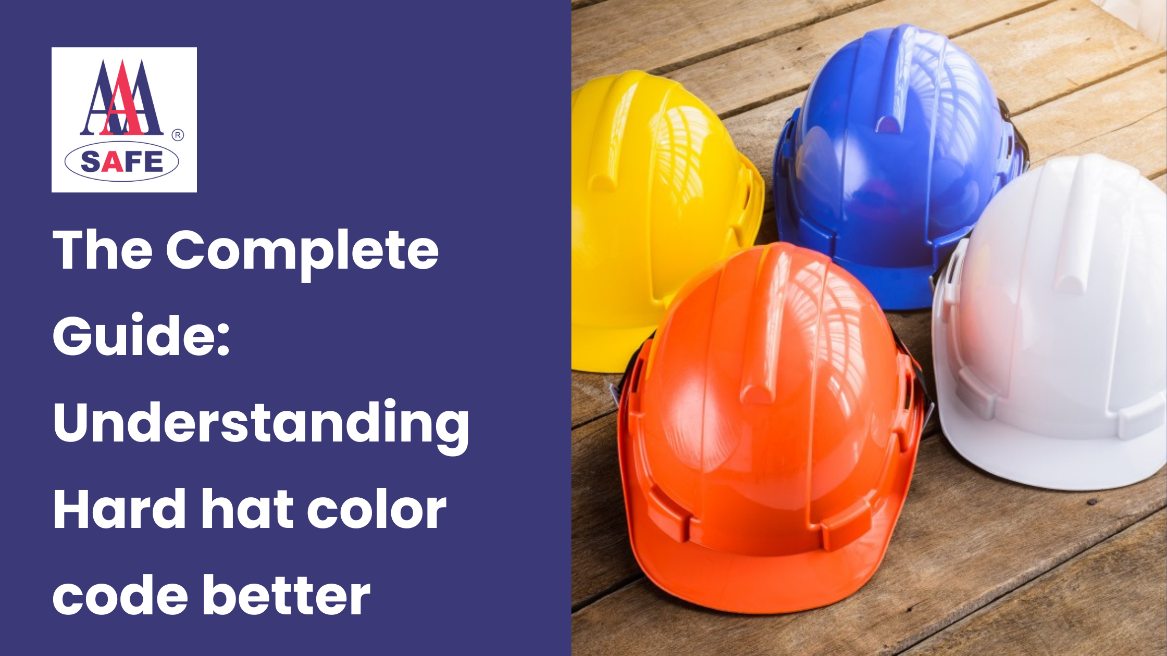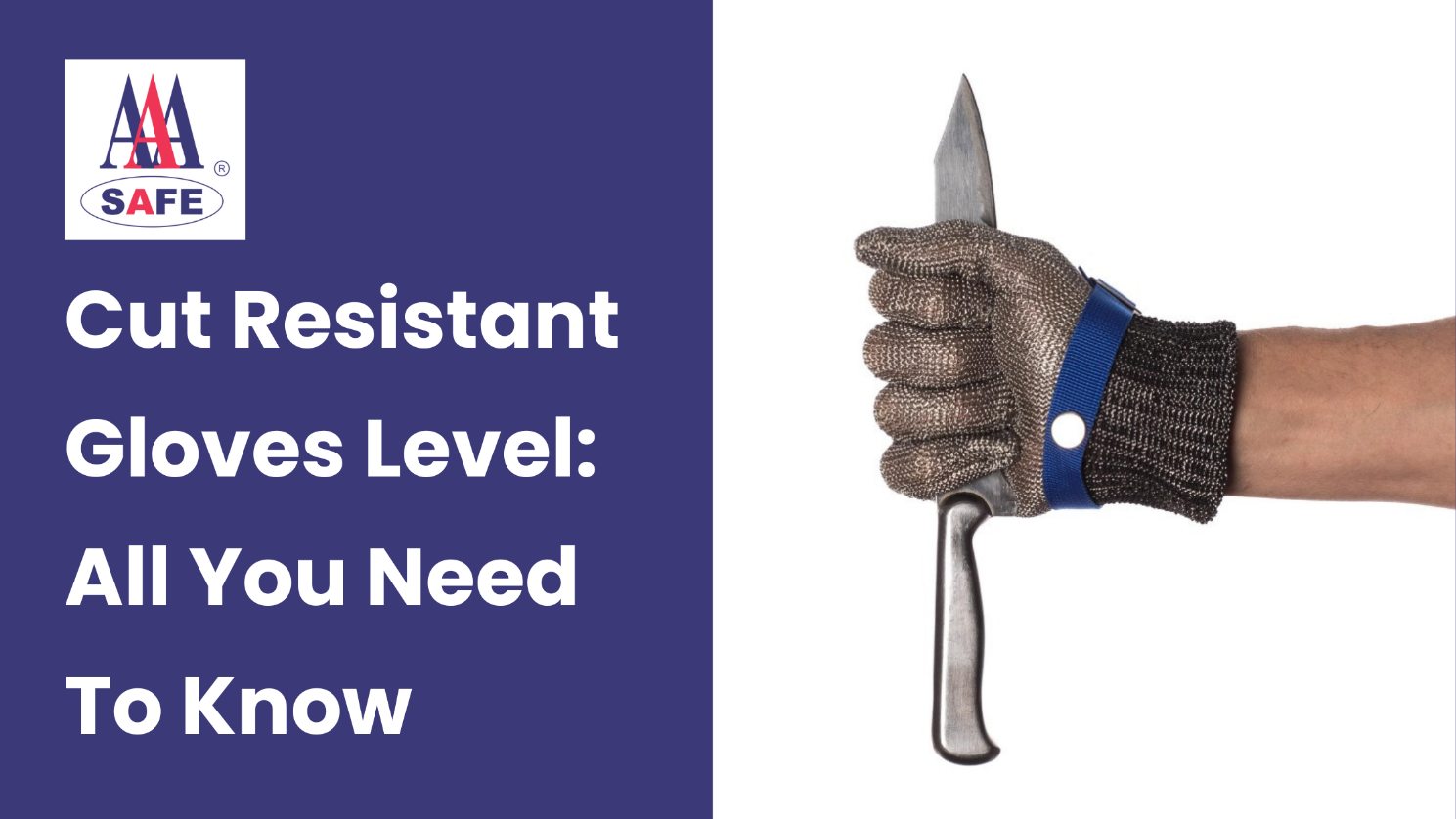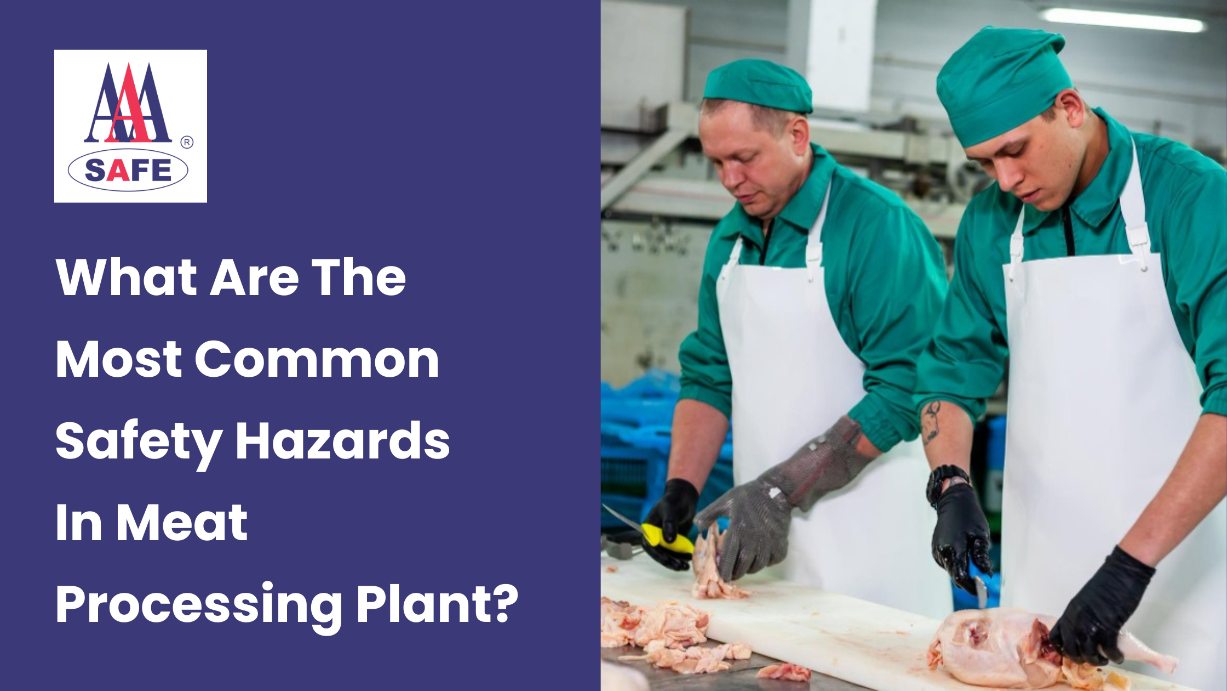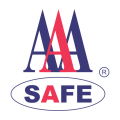7 Important Safety Tips For Industrial Furnace
Industrial furnaces are popular in a wide range of industries. Many industries rely on industrial furnaces for melting, processing & making things like metal, glass, or ceramics etc. In simple words, industrial furnaces perfectly shape, melt, or transform raw materials into the final products we use in our everyday lives.
According to wikipedia, “An industrial furnace, also known as a direct heater or a direct fired heater, is a device used to provide heat for an industrial process, typically higher than 400 degrees Celsius.”
The operation of an industrial furnace depends on its type and purpose. However, in general, industrial furnaces are operated by heating them to high temperatures using various heat sources. The heat sources can vary depending upon the type of furnace. Previously, wood and coal were the main & only sources of heat. Modern industrial furnaces use gas, propane, oil, or other combustible materials as heat sources. Electric furnaces, on the other hand, use electricity as the heat source.
In any industrial furnace, tremendous heat is generated as the temperature is raised to extreme levels. Sometimes the temperature exceeds several thousand degrees celsius and it’s maintained for longer hours till the raw material is melted and the desired purpose is accomplished. Hence, Industrial furnaces are useful but their operation comes with some serious hazards due to the heat generated. So, a proper industrial furnace safety plan must be in place to avoid any explosions and fires in and around industrial furnaces.
Here are 7 important safety tips for industrial furnace safety:
Proper Training
Proper training must be provided to the workers handling and operating for the industrial furnace safety. The management should employ experts who have a good understanding of the furnace’s components, operating procedures, emergency protocols, and industrial furnace safety precautions. The safety team must conduct regular training programs for industrial furnace operators and make sure they are aware of all the safety measures involved, including knowledge on the proper use of Personal Protective Equipment (PPE), understanding hazards, and emergency response skills. It is crucial to conduct training and routine inspections in presence of workers so they are capable of identifying and addressing any unforeseen challenges that may arise and properly take care of them and the industrial furnace safety.
Personal Protective Equipment
High-quality personal protective equipment (P.P.E) must be provided to every worker operating the industrial furnace safety and those present around. Given that industrial furnaces generate substantial heat and smoke and are prone to fire and explosions, it is critical to equip workers with high-quality personal protective equipment (P.P.E). This includes heat-resistant clothing, gloves, goggles, jackets, coveralls, and face shields etc. These precautions are essential to safeguard workers from potential hazards and must for industrial furnace safety. Any negligence in workplace safety can lead to tragic consequences, as evidenced by the unfortunate incident where two men have “tragically died” after an accident at one of Emirates Global Aluminum’s (EGA) smelting furnaces in Jebel Ali, Dubai.
Regular Inspections
The installation of the industrial furnace is only the beginning and first step in the direction of industrial furnace safety. When the furnace begins its operations, the safety team should establish a routine schedule for regular inspections. Continuous monitoring helps in assessing the furnace’s components, evaluating performance, and detecting damage or malfunction at an early stage. This proactive approach enhances industrial furnace safety, workplace safety, contributes to the longevity and efficiency of the industrial furnace as well. Additionally, gathering feedback from industrial furnace operators helps identify potential issues before they escalate. Being a responsible employer involves conducting routine inspections on your worksite to ensure the industrial furnace is in optimal condition, and workers comply with all safety protocols.
Emergency Procedures
Industrial furnaces are highly susceptible to fire and explosions. There is a heightened risk of workers experiencing heat stroke or sustaining burns during their operations. Personal protective equipment (P.P.E) protects workers from every workplace hazard. However, despite the effectiveness of the P.P.E employees can still be harmed in case of any emergency. Hence a robust emergency response procedure should be in place for proper industrial furnace safety and to deal with any dangerous emergency like fire or explosion. Proper evacuation plan should be in place. Employees must be aware of all the emergency procedures. Injured workers should receive immediate medical assistance and support in case of any similar incident like “Two workers died and five more were injured when they were splashed with molten steel from a furnace at a Jebel Ali steel factory, a court was told today.”
Ventilation
Every Industrial furnace generates tremendous heat. The heat generated and the combination of contaminants, dust, and high temperatures can result in the accumulation of gasses and put industrial furnace safety in danger. These gasses contribute to air pollution and degrade the air quality. Workers operating the industrial furnace may encounter respiratory problems, compromised health, and increased exposure to polluted air. Therefore, a proper ventilation system must be in place to maintain the air quality around industrial furnace safety. Exhaust fans are extremely useful for evicting polluted air and influxing fresh air. Automatic emergency ventilation systems are also essential in maintaining a healthy and safe air quality.
Temperature Monitoring
Temperature monitoring is critical to ensure the industrial furnace safety and efficiency of the industrial furnace. Workers operating the industrial furnace must control & regulate the temperature, ensuring it stays within the required levels and does not exceed it. Modern temperature sensors must be active to notify about the temperature increase. Alert & other emergency response systems that trigger automatic shutdowns or activate emergency cooling measures must be active to prevent equipment damage and ensure the safety of the workforce and industrial furnace safety. Industries have to comply with the safety and regulatory standards with respect to the temperature. The best way to ensure safety is to integrate temperature monitoring with overall process control systems for seamless coordination and better efficiency.
Flammable Materials
Industrial furnaces are highly susceptible to fires & explosions; therefore, flammable materials and substances should never be in close proximity. The Safety team must ensure that flammable materials are safely stored and kept at a considerable distance from the furnace area. Employees must be strictly warned of carrying any flammable material in the furnace area. With continuous live monitoring of the industrial furnace, potential fire issues can be prevented from escalation, ensuring a safe workplace and optimal industrial furnace safety.
Conclusion
Industrial furnaces are a widely used device in multiple industries globally. Raw material can be efficiently heated in furnaces and converted into desirable products. However, industrial furnaces come with some serious hazards. To minimize these hazards, a proper safety plan must be in place. Steps like proper training, robust safety plan, providing employees with good quality personal protective equipment (P.P.E), continuously monitoring the industrial furnace area, keeping flammable materials away, controlling temperature, conducting regular checks and routine inspection and having a proper ventilation systems are some critical steps that ensures a safe working environment and also safeguards the industrial furnace from damages.





